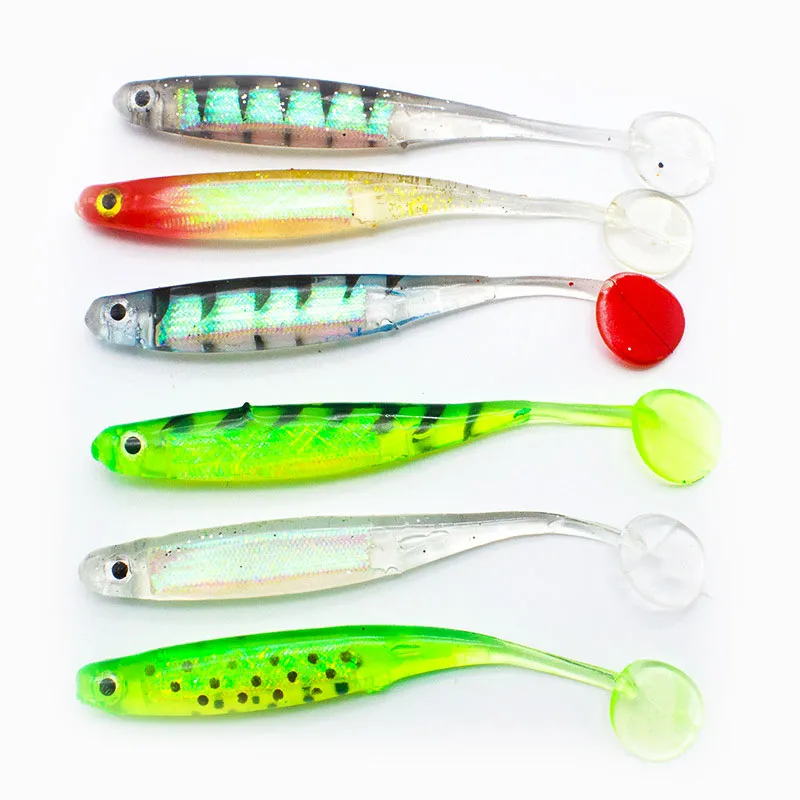Introduction: Soft plastics have revolutionized the angling world, evolving from experimental creations to essential components in every angler’s arsenal. This in-depth exploration traces the rich history of soft plastics, shedding light on the innovations, key players, and the transformative impact these lures have had on the fishing industry.
Early Experiments: The roots of soft plastics can be traced back to the mid-20th century when anglers began searching for alternatives to traditional hard baits. Seeking more lifelike and versatile options, these pioneers experimented with materials like rubber and other polymers.
The Birth of the Plastic Worm: In the late 1940s, Nick Creme, a bait shop owner in West Virginia, forever altered the fishing landscape with the introduction of the first soft plastic worm – the Creme Wiggle Worm. Crafted from PVC, this early soft plastic worm provided a realistic, flexible, and tantalizing alternative to the rigid wooden and metal lures of the time.
Silicone Revolution: The 1960s and 1970s witnessed a pivotal moment in soft plastics history with the advent of silicone-based lures. Companies like Mister Twister and Mann’s Bait Company embraced this revolutionary material, unlocking new possibilities for design, flexibility, and durability. Silicone not only improved the lifelike feel of the lures but also expanded their versatility.
Diverse Shapes and Sizes: As soft plastics gained traction, manufacturers diversified their offerings. Grubs, crawfish imitations, minnows, and creature baits joined the repertoire, catering to a wide range of species and angling scenarios. Anglers now had a versatile toolkit, allowing them to match the hatch and employ finesse tactics with ease.
Technological Advancements: Advancements in manufacturing technologies further propelled the soft plastics revolution. Injection molding became a game-changer, enabling intricate designs, realistic colors, and precise replication of natural movements. Anglers could now choose from an array of soft plastics that mimicked live prey with uncanny accuracy.
Soft Plastics in Competitive Angling: The 1980s and 1990s witnessed the integration of soft plastics into competitive angling. Tournament anglers recognized the distinct advantages offered by these lures, using them to finesse fish in pressured waters. Soft plastics became integral to techniques like drop shotting, Texas rigging, Carolina rigging, and more.
Environmental Concerns and Innovations: With the rise in popularity came environmental concerns. Discarded soft plastic lures contribute to pollution in water bodies. In response, some companies and anglers are exploring sustainable alternatives, including biodegradable soft plastics and responsible disposal practices.
The Present and Future: Today, soft plastics are an inseparable part of modern angling. The market offers an overwhelming array of shapes, sizes, scents, and colors, catering to the preferences of anglers targeting diverse species. The future promises further innovation, with ongoing research into biodegradable materials and environmentally friendly alternatives.
Conclusion: The history of soft plastics in fishing is a captivating narrative of innovation, adaptation, and transformation. From the early experiments with rubber to the sophisticated designs and materials of today, soft plastics have not only changed the way anglers fish but have also shaped the very essence of the sport. As technology continues to advance and environmental consciousness grows, the journey of soft plastics in fishing is far from over, ensuring their enduring impact on angling for generations to come.
